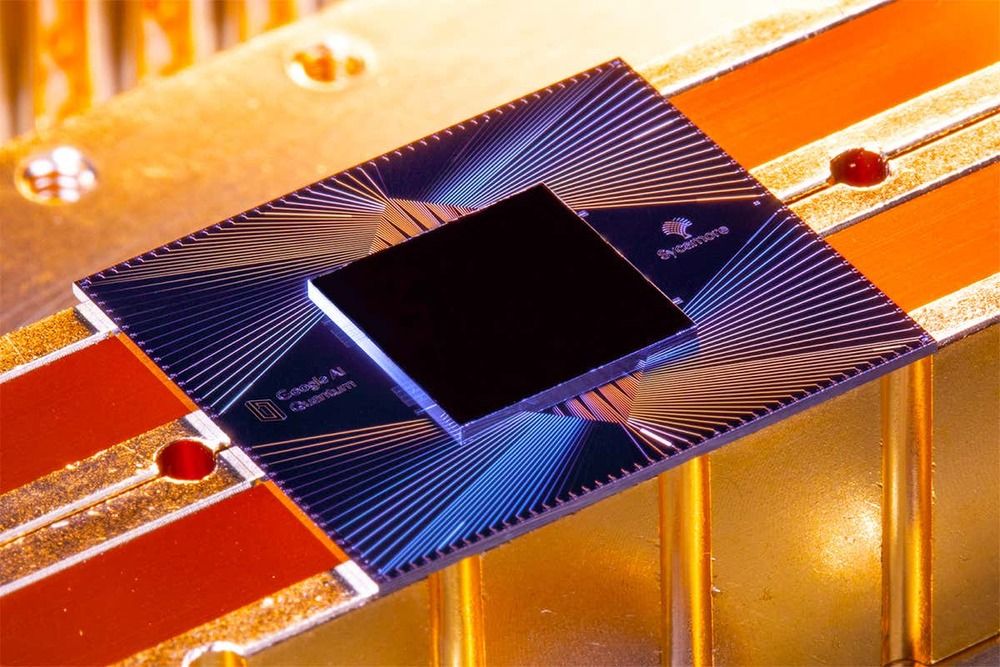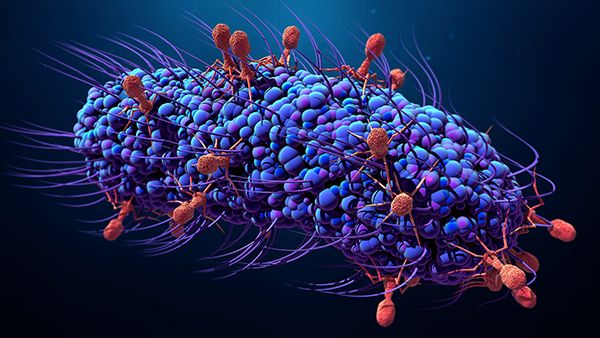The idea of a cell therapy for Parkinson’s disease starts out simple: Symptoms of the progressive disease are largely driven by the deaths of dopamine-producing neurons found deep within the brain. With lower levels of the neurotransmitter come the characteristic tremors, rigidity and slow movements.
By replacing those lost nerve cells with new dopamine producers, researchers hope to renew the brain’s connection to the body’s muscles and improve a person’s overall motor function.
But in the brain, everything becomes more complicated. On top of the risk of immune system rejection that comes with any kind of living tissue transplant, it’s important to make sure the implanted cells function correctly and do not pick up any dangerous genetic mutations as they grow.






